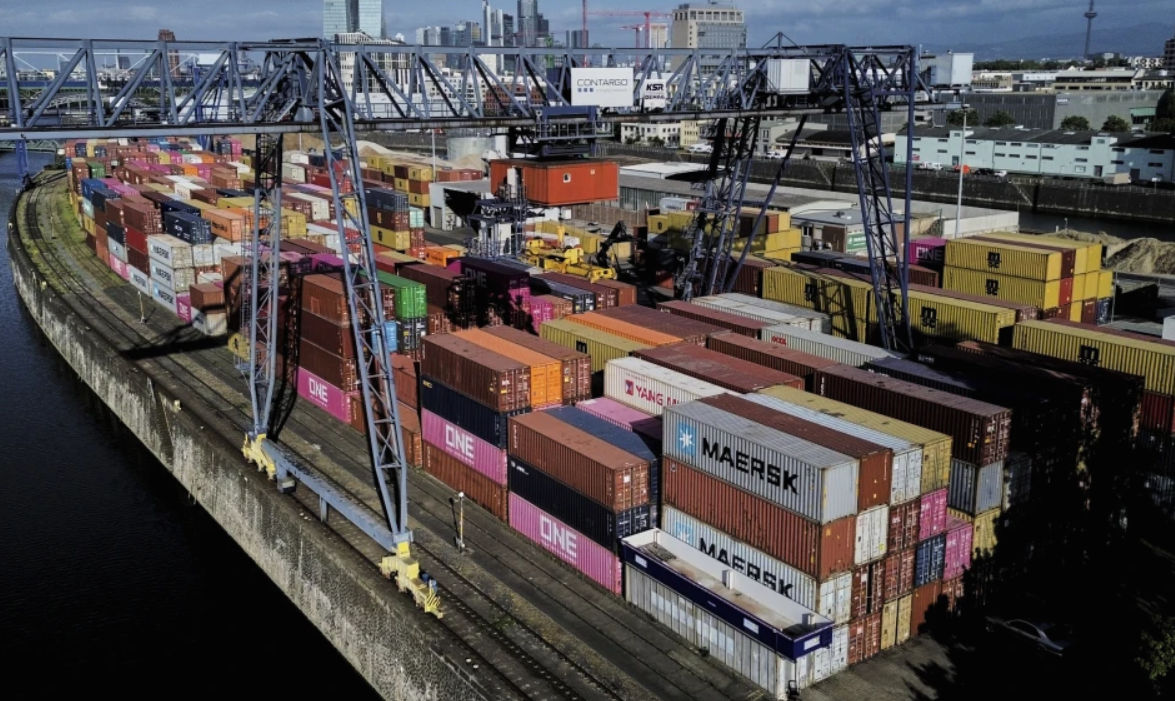Germany’s economy, the largest in Europe, expanded by 0.4% in the first quarter, driven by stronger-than-expected exports and manufacturing, according to official data released Friday. This growth figure is twice the initial estimate of 0.2%.
Ruth Brandt, head of the Federal Statistical Office, attributed the upward revision to the unexpectedly robust economic performance in March. The last time Germany experienced stronger growth was in the third quarter of 2022, with GDP rising by 0.6%. The country has faced challenges in generating consistent growth, having experienced economic contraction in both of the past two years, including a 0.2% decline in the final quarter of last year.
In its first forecast since Chancellor Friedrich Merz’s new government took office, the independent economic advisory panel predicted GDP stagnation for this year and a modest 1% growth next year. The panel highlighted ongoing challenges from U.S. tariffs and trade tensions but noted that Merz’s coalition’s substantial infrastructure investment plan could boost economic prospects in 2026.
Carsten Brzeski, global chief macroeconomist at ING Bank, described the improved first-quarter growth as likely a short-term boost, fueled by companies accelerating production and exports in anticipation of U.S. tariffs. “German industrial output and exports surged in March as businesses aimed to get ahead of the announced tariffs,” Brzeski noted in a research update.














